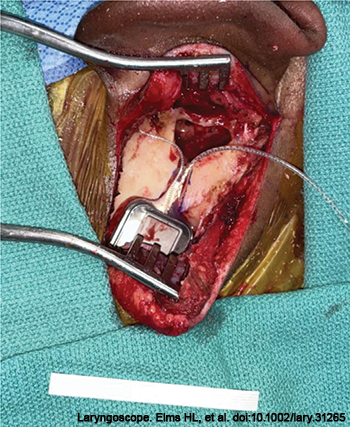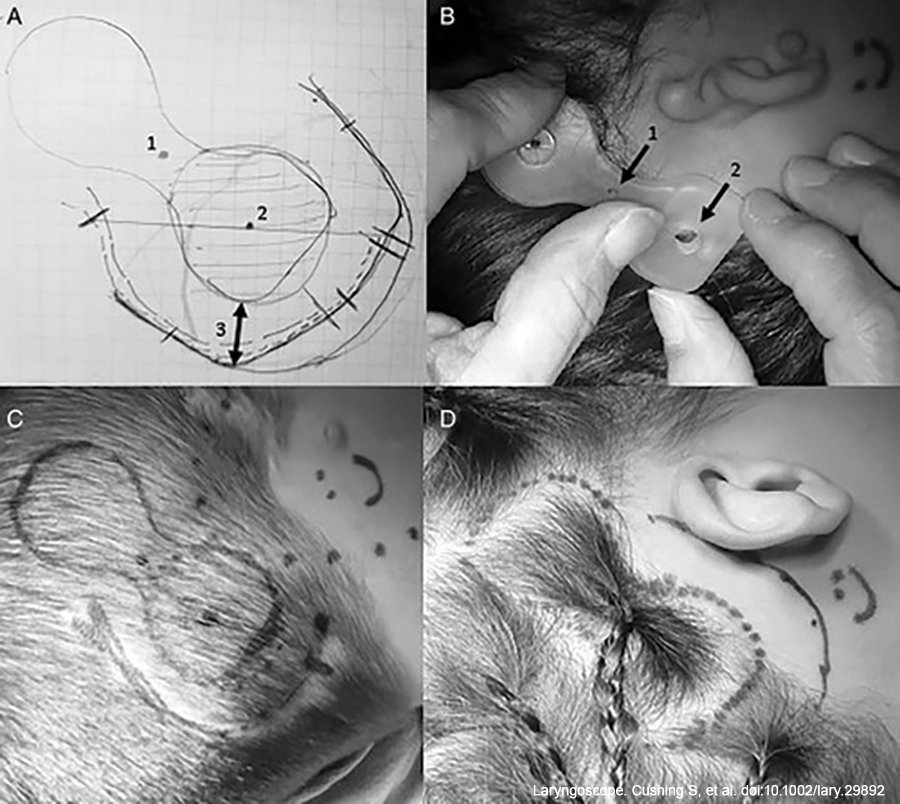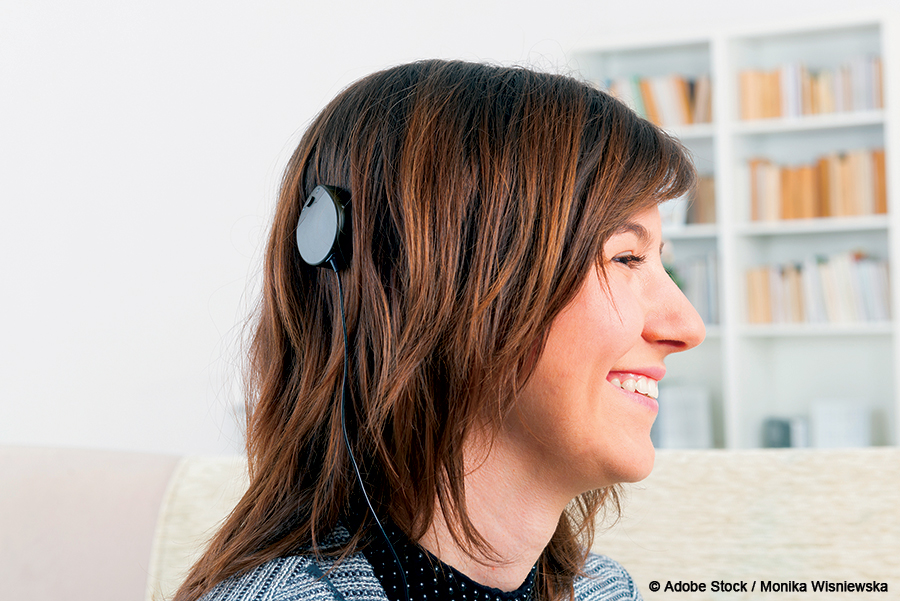Bacterial biofilms are a feature of many chronic diseases of the head/neck. Few of the topical antibiofilm agents that can be used to eradicate biofilms in vitro are suitable for otolaryngological application. Maxitrol may demonstrate antibiofilm activity and may therefore be useful in the management of biofilm-related disease in the head/neck.
Survey Underscores Lack of Support for Left-Handed Surgical Trainees
Surgical instruments and equipment are often designed for right-handed (RH) users, creating potential ergonomic challenges for LH surgeons, and ORLHN falls behind other fields in providing targeted support.

How To: The Cochlear Implant “Seatbelt” Technique for Receiver/Stimulator Fixation
In this study, we describe a time-saving modification of a bony-bed technique that utilizes screw-fixated Mersilene cervical cerclage suture, originally designed for treatment of uterine cervical insufficiency, as a simple, quick, and effective method for tie-down receiver/stimulator fixation.
Eustachian Tube Resection in Expanded Endonasal Transpterygoid Approach Can Cause Dysfunction
Eustachian tube (ET) resection during EETA can lead to ET dysfunction and require myringotomy postoperatively.

Performance Impact of Cochlear Implant Electrode Array Length
Cochlear implant (CI) surgeons are faced with the increasingly difficult task of choosing the “right” device despite a growing number of choices and conflicting evidence regarding the relative importance of various anatomic, surgical, and device-specific factors.

How To: Surgical Considerations for an Osseointegrated Steady State Implant (OSIA2) in Children
The osseointegrated steady state implant 2 (OSIA2) system was developed to provide hearing through bone conduction while avoiding complications previously reported in children using percutaneous devices.
Placebo-Controlled Study Shown Viable in Evaluating Efficacy of Balloon Eustachian Tuboplasty
The multicenter, double-blind, randomized, placebo-controlled trial protocol was shown to be feasible and demonstrated the need for blinded randomized controlled trials to objectively measure the efficacy of balloon Eustachian tuboplasty.

New study findings suggest that cochlear implantees have a dampened emotional experience with music
People with bilateral cochlear implantation have diminished perception of musical attributes, which limits their emotional response when listening

Inconsistency in Findings that Intraoperative Electrocochleography Improves Hearing Preservation in Cochlear Implantation
Electrocochleography (ECoG) has historically been used for measuring hearing thresholds and identifying endolymphatic hydrops in Ménière’s disease. More recently, ECoG application has expanded to monitor electrical potentials during cochlear implantation as an indirect measure of cochlear trauma.
QOL Factors Impact Patient Decision to Undergo Cochlear Implantation
Although functional outcome expectations are similar between candidates who elect to receive or forgo cochlear implants, the latter have higher baseline CI-specific quality of life abilities.
- « Previous Page
- 1
- 2
- 3
- 4
- …
- 29
- Next Page »